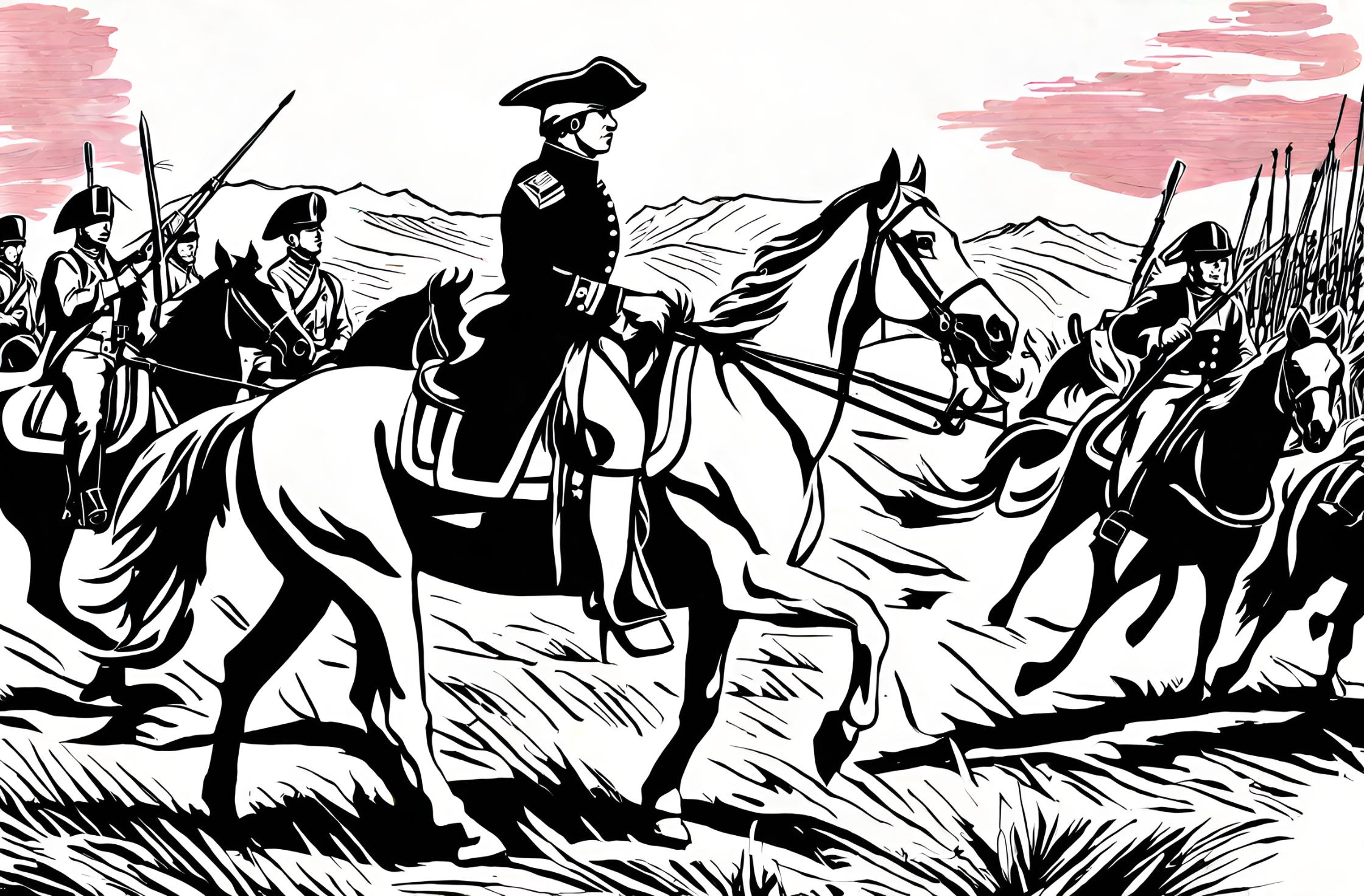Flashback to September 29
American History

1789
The US War Department first establishes regular army with a strength of several hundred men
Read moreThe establishment of a regular army in the United States marks a significant historical event that still echoes through the annals of American history. It is remarkable to note that it all began on September 29, 1789, when the U.S. War Department first constituted a regular army with a stout strength of a few hundred men. This event played a significant role in shaping the U.S. military structure as we perceive it today, providing the nation with one of the most powerful defense forces in the world.
A comprehensive understanding of this historical narrative requires going back in time to witness the decisions and activities that led to its realization. Emphasizing the U.S. War Department, it’s vital to note that this department was established under the administrative leadership of Henry Knox. It was his leadership that piloted this monumental step towards the development of a formidable regular army.
Such advancements in the U.S. military structure were necessitated by the circumstances of the late 18th century. The budding Unites States, freshly emerged from the Revolutionary War, recognized the compelling need for a robust and dependable military force. This regular army establishment was a testament to this necessity.
Moreover, the strength of several hundred men, though seemingly modest by today’s standards, was laudable for the era’s limitations. The recruitment process was highly selective, prioritizing men with exceptional physical abilities and uncompromised loyalty to the country. Consequently, the establishment wasn’t just about the numbers, but it laid the groundwork for the qualitative and quantitative growth witnessed in the ensuing years.
The establishment of the regular army is also noteworthy due to the strategic restructuring of the military forces. It brought about a significant shift from an army that primarily relied on militia to a regular standing army. This transformation facilitated the professional training of soldiers and the establishment of a well-disciplined force.
The influence of the U.S. War Department in this regard is undeniable. The department brought about vital changes and developments in the U.S. military framework, allowing it to evolve from a loose aggregation of state militias to a more cohesive and disciplined force.
Furthermore, the establishment of the regular army played an instrumental role in U.S. politics. It facilitated the assertion of federal authority, enhancing the government’s ability to enforce laws and maintain peace within the country. This step paved the way for increased governmental involvement in military affairs, a trend that continues till date.
In addition, this historical event shaped the nation’s approach towards defense strategy. The country transitioned from a mindset that favored peace-time demobilization, to one that appreciated the necessity for a permanent, professional military. Thus, one can trace the origins of the contemporary, globalized, and omnipresent U.S. military back to this humble beginning with several hundred men.
the establishment of a regular army by the U.S. War Department in 1789 was a major milestone in the evolution of the United States’ military strategy. Remembering this day is a step towards acknowledging the vital role that this army plays in safeguarding the sovereignty and security of the nation. We learn that though the current military apparatus had its roots in a modest endeavor of a few hundred men, their collective strength has shaped our nation’s powerful standing on the global stage.
We strive for accuracy. If you see something that doesn't look right, click here to contact us!
Sponsored Content

The United States Army…
On September 29th, 1789,…

The Dow Jones industrial…
Experiencing its largest point…

The US War Department…
On September 29, 1789,…

First time US Congress…
On September 29, 1983,…

The US House of…
In a historic moment…

